Exploring the Unexpected Health Benefits of Massage Therapy
While many people turn to massage therapy for relaxation or relief from common issues like back pain or muscle soreness, several lesser-known conditions can also benefit significantly from this therapeutic practice. In this article, we explore some of these conditions, shedding light on the unexpected ways massage therapy can enhance well-being.
Digestive Disorders
Digestive disorders such as irritable bowel syndrome (IBS) and constipation can cause significant discomfort and distress. Massage therapy can play a crucial role in alleviating these symptoms. Techniques that target the abdominal area can help stimulate the intestines, enhance digestive movements, and relieve the bloating and pain associated with these conditions. This gentle, non-invasive approach can promote overall digestive health and comfort.
Fibromyalgia
Fibromyalgia is characterized by widespread musculoskeletal pain accompanied by fatigue, sleep, memory, and mood issues. Although challenging to treat, massage therapy has been shown to help manage symptoms by reducing pain, enhancing sleep quality, and decreasing anxiety and depression associated with fibromyalgia. The soothing pressure of massage helps reduce muscle tension and stiffness while promoting relaxation and stress relief.
Anxiety and Depression
Though more widely recognized today, the benefits of massage therapy in treating psychological conditions like anxiety and depression still surprise many. Regular massage sessions have been found to lower cortisol levels (a stress hormone) while boosting neurotransmitters like serotonin and dopamine, which regulate mood. The calming effect of massage can help alleviate the feelings of fear and sadness associated with these mental health issues.
Headaches and Migraines
Those who suffer from chronic headaches or migraines can find relief through massage therapy. Focusing on the head, neck, and shoulders, massage techniques can reduce the frequency and severity of migraines by relieving muscle spasms, enhancing blood flow, and easing tension. It is a natural approach to managing pain that can also decrease the reliance on medication.
Temporomandibular Joint Disorder (TMJ)
TMJ disorders involve pain and compromised movement of the jaw joint and the surrounding muscles. Massage therapy can be particularly beneficial in easing this discomfort. Techniques that focus on the jaw, head, and neck areas can help improve jaw movement, relieve pain, and decrease the tightness of the jaw muscles. This therapy offers a complementary approach to other TMJ treatments, providing a holistic solution.
Immune System Support
Regular massage therapy feels excellent and can boost the immune system. It has been shown to increase the activity level of the body’s natural killer cells, which fight off infections and disease. Massage also improves lymphatic drainage, which helps the body to eliminate toxins and contributes to better overall health.
Incorporating massage therapy into your healthcare routine can offer more benefits than expected. At Naturology Centre, we understand the wide-reaching impacts of massage on the mind, body, and spirit. By addressing well-known issues and lesser-considered conditions, we help our clients achieve a higher level of health and wellness. If you’re curious about how massage therapy can help you with any of these conditions, contact us today or schedule an appointment online.
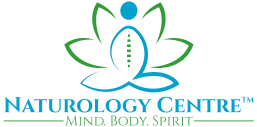
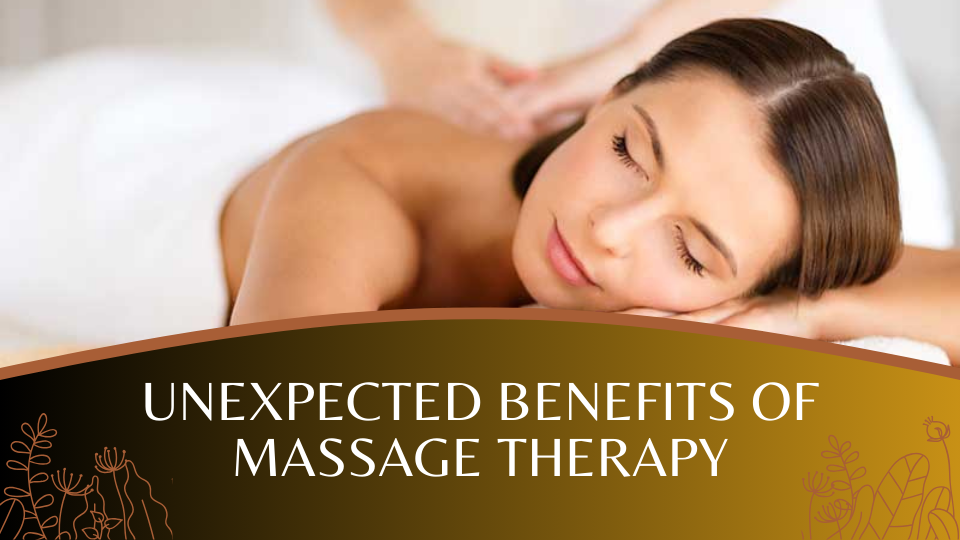
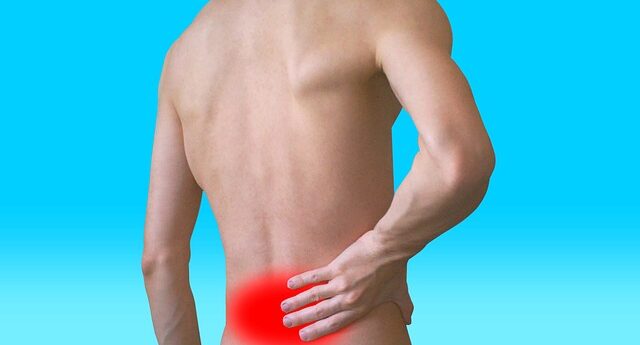
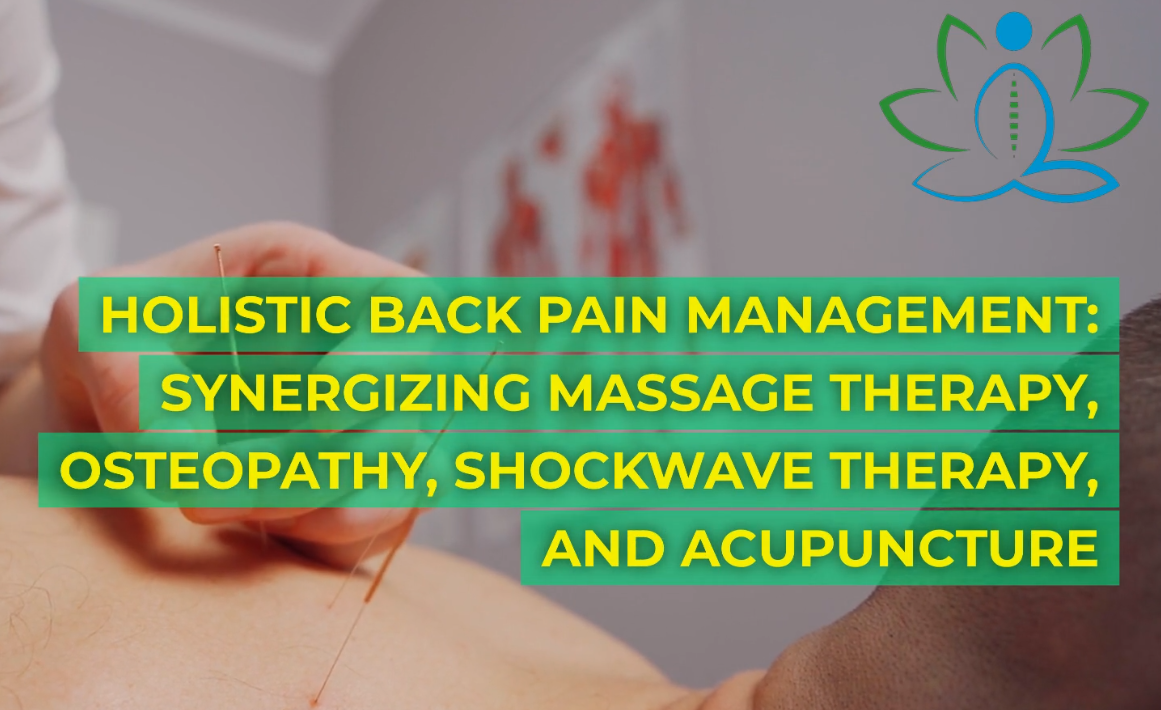
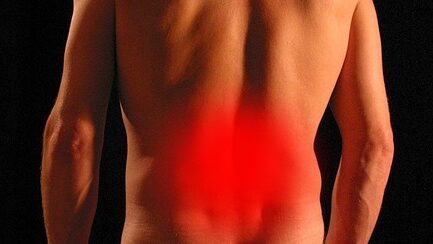
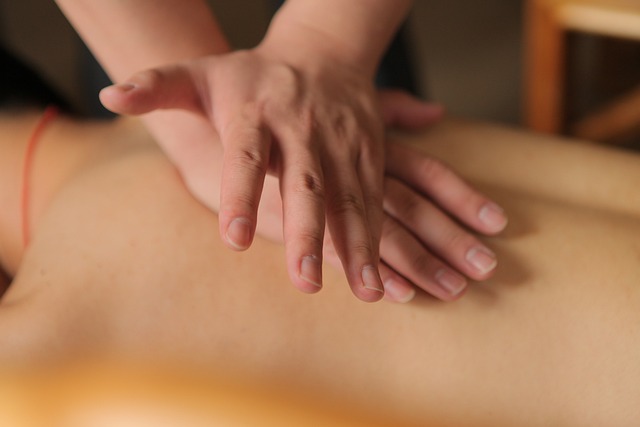
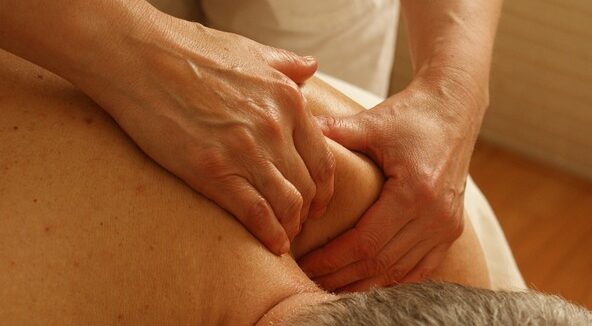
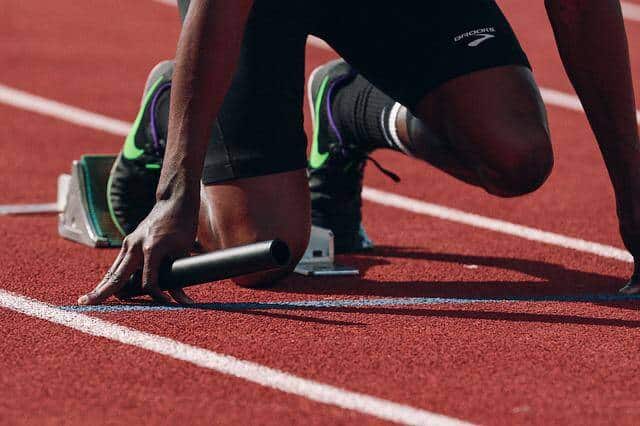
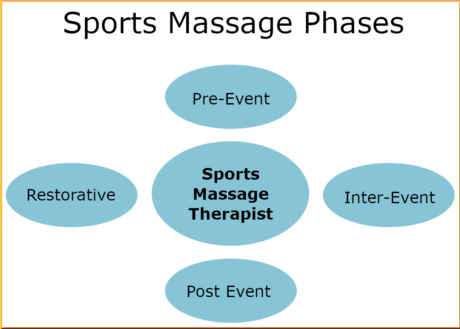
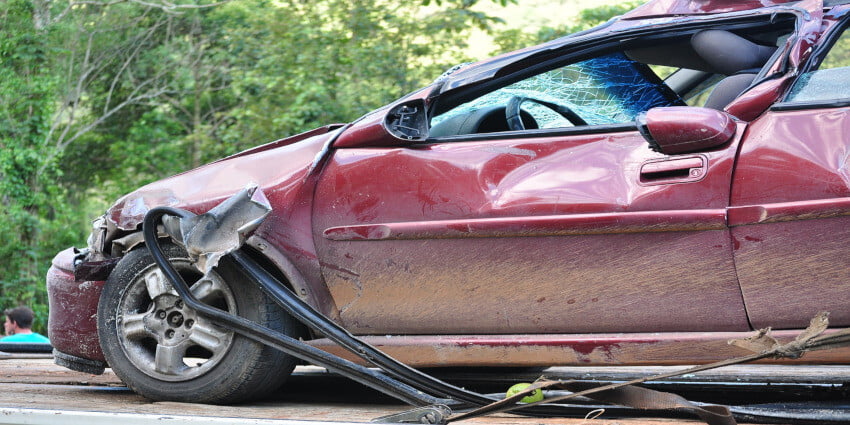
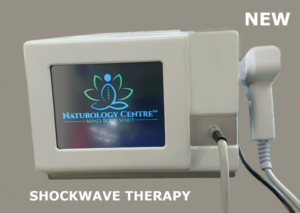

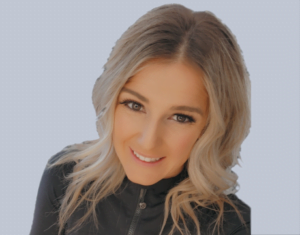
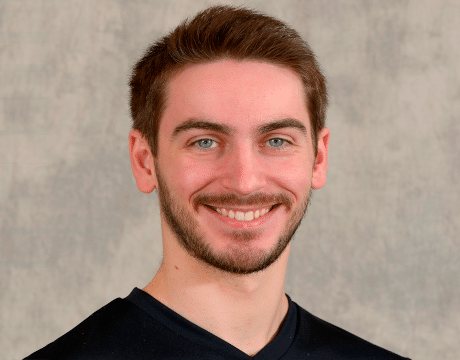
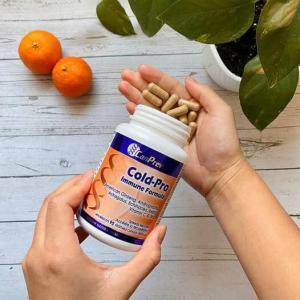 HANCE TO WIN A FREE BOTTLE of Cold-Pro (Reg. $27.99)!
HANCE TO WIN A FREE BOTTLE of Cold-Pro (Reg. $27.99)! 

